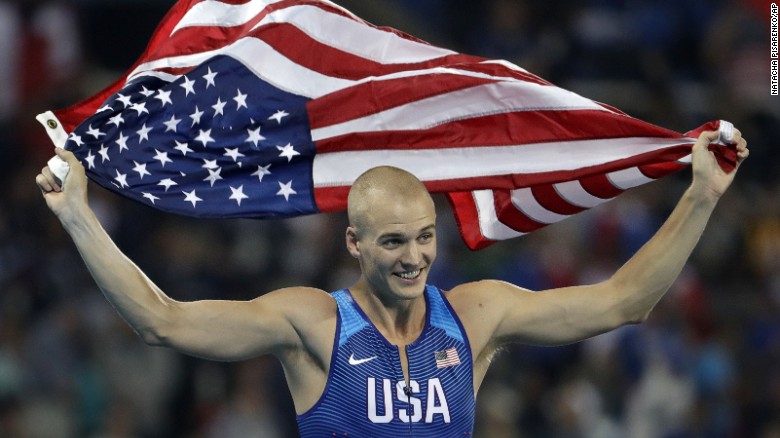In 2012 Emily Harrington 26 years old climbed Mt Everest.
So I grew up in the climbing world and I had this preconceived notion of what Everest was like, people in the core climbing community sort of criticized Everest, they said it is not a mountain for climbers, its not real climbing, even, that its not that hard. So I had this idea yet in my head of what Everest was like, up until I was asked to go on this expedition. I had no idea what to think about it. But I decided to go and I decided to go with an open mind and just see what would happen, see what I would learn out of it, and for me the challenges began instantly as soon as I arrived at base camp.
One of the biggest things that I faced on Everest the whole time was this sort of fear and anticipation and suspense of the unknown, because I did not know what to expect I never really climbed a mountain like this before. So I had no idea as to what I was getting into and then a really interesting thing happened to me it was sort of like all that fear washed a way even though I was in this incredibly dangerous place it was also this beautiful place and this fascinating place and when you are in a situation like that, that's super dangerous there is no control over the bad things that are going to happen to you and so in a way
I learned to let go.
Another thing I learned about Everest is there is a lot of relief and it comes in these magnified forms camp 2 is a truly special place. I think any one who spends any amount of time there can recognize that you feel closer to the stars, it's that kind of place, it has that kind of power.
Entering onto the Lhotse Face is where the climbing starts to get a little more real, a little more serious it's steeper more exposed and it was made more intimidating by the really difficult conditions we faced. Nepal had a really dry winter which meant that there was very little snow which meant that the Lhotse Face was a vertical ice rink, instead of boot packing up snow we where ice climbing up blue ice and then you arrive at camp 3 which also was my favorite place on the mountain.
I remember the one night we got to spend there, it was sunset and there was no wind it was perfectly calm and I had been through a lot at this point on the mountain, emotionally and physically.
We got to watch the sunset and I just remember thinking to myself this is a rare moment in my life and this is why I am here and this is why it is worth it. I was super grateful at that time and I am really glad I remember those moments because they are super fleeting.
A lot of the time on Everest you are spending in a tent and it can be pretty miserable, but as I got higher on the mountain these sort of highs and lows got more and more intense and I think this attitude right here particularly has to do with the fact that I used oxygen after camp 3 and I felt awesome, I felt stronger and warmer and my mind felt more clear and not only that but your getting closer to the summit, at this point this is camp 4.

It's like being on another planet, it's called the death zone because humans can't exist there for very long and that's why we don't stay there for very long. We left for the summit the night of May 24th at 9:30pm, we all left half hazardly at different times. I was suppose to be climbing with the sherpa Tendi and very early on I get separated from him because there were crowds and I was passing people and he didn't follow me and there was a misunderstanding, so in the end I ended up in this long line of floating head lamps and I did not know any one around me I was not sure if any one would be there to help me so that was one of the most trying moments for me while I was actually climbing. But I swallowed that fear and just kept going.
The sun came up when I was on the south summit, I instantly felt better, it was like this magical relief that I had. Even though I was on the summit ridge and both sides dropped off 8000 ft on either side of me I just remember feeling safe.
For some reason I just remembered thinking I am okay now, I am going to be okay. I reached the summit at 6:30 in the morning I took a selfie and after spending 20 minutes there I descend from the summit,
making my way to camp 2 and then base camp.
I had never been to a place before where I had been completely stripped down to who I was as a person. I think as humans we sort of live for these moments of lightness and we learn from these intense moments of darkness and I experienced it all on Everest. In this very true and raw form and that's why I am so grateful that I got to have the experiences I did. That place will always be important to me for those reasons.
Emily Harrington




















































